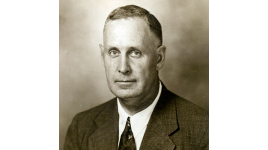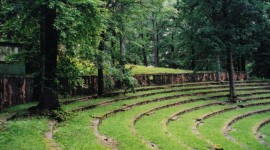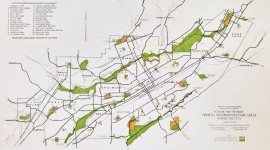Landscape Information
Situated in the heart of Avondale, a subdivision founded in 1886 by the Avondale Land Company, this 40-acre park is the focal point of the community. Between the 1890s and 1940s, Queen Anne-style homes and Craftsman bungalows were built around the park, which originally encompassed Peyton King’s plantation home and natural springs. Other than the early establishment of a springs-fed grotto pond, Avondale Park was not developed until Birmingham annexed the suburb in 1910. Between 1913 and 1934, it was the site of the city’s first zoo. In 1915, a formal rose garden was created, in which triangular planting beds radiated from a centralized, lattice-work gazebo. At the same time, the Beaux Arts-style Carnegie Library replaced the King house. A municipal works program established in 1931 triggered the park’s greatest improvements. A picnic shelter and amphitheater were constructed, designed by Rubee Pearse, and the open-air Villa, designed in a French Normandy-style by Burnham & Greer, was erected on the park’s highest elevation, Park Mountain. The rose garden’s gazebo was replaced with an octagonal arbor atop local sandstone piers, with similar stonework employed throughout the park in its retaining walls, entrance gates, the picnic shelter, and amphitheater. Athletic fields, tennis and basketball courts, a walking track, and baseball diamonds were added after World War II, and the Carnegie Library was razed and replaced by a Modern structure in 1961. Avondale Park was listed in the National Register of Historic Places in 1998.







